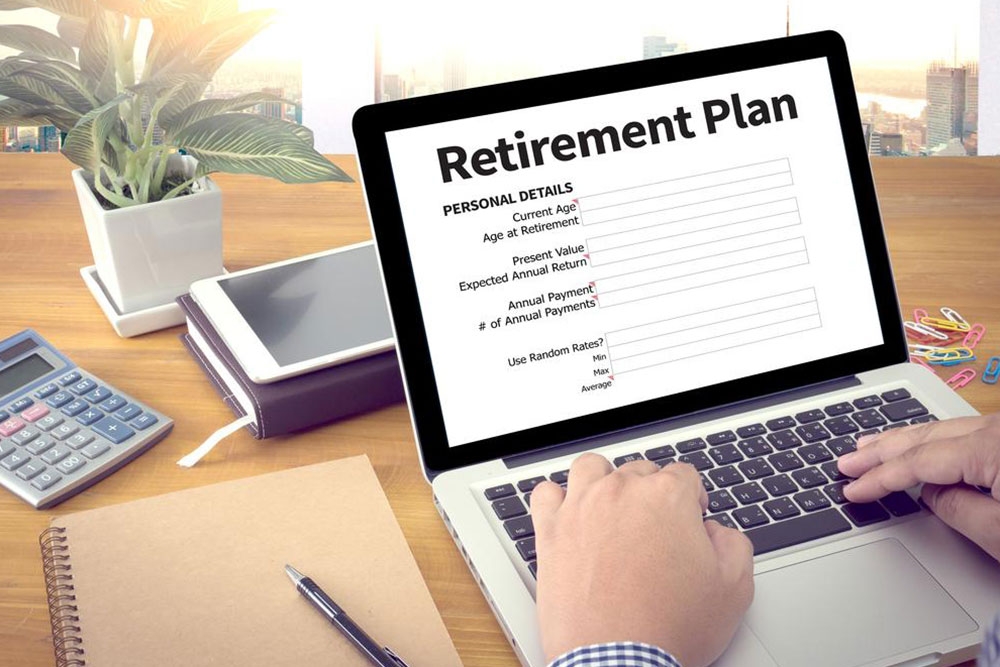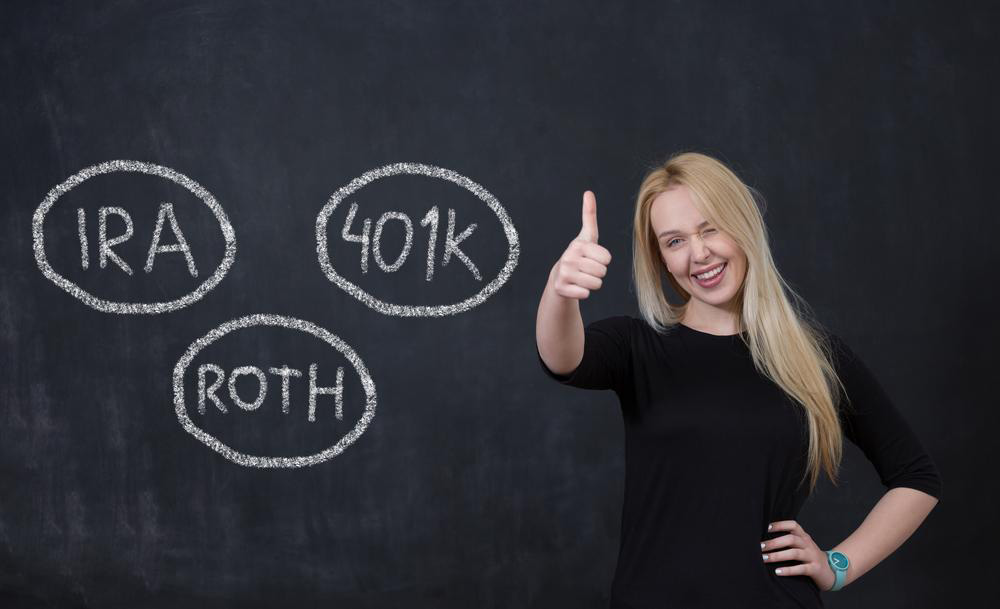Comprehensive Guide to Retirement Savings Strategies for a Secure Future
Explore comprehensive retirement savings options suited for employees, self-employed individuals, and small business owners. Learn about 403(b), 401(k), Solo 401(k), SEP IRA, Simple IRA, and traditional IRAs. Discover strategies to maximize contributions, optimize tax benefits, and plan for a secure financial future. This guide provides insights to help you build a robust retirement plan tailored to your needs, ensuring long-term financial stability and independence.

Comprehensive Guide to Retirement Savings Strategies for a Secure Future
Planning for retirement has become more vital than ever in today’s financial landscape. While traditional pension plans are less prevalent, individuals can leverage a variety of modern retirement savings options to ensure financial stability in their later years. Whether you're an employee, self-employed, or a small business owner, understanding the array of available retirement accounts can help you make informed decisions and customize a savings plan that aligns with your goals and income. This extensive guide explores the most effective retirement savings vehicles, their benefits, and key considerations to help you build a resilient future.
**Employer-Sponsored Retirement Plans:**
One of the easiest ways to start saving for retirement is through employer-sponsored plans such as 403(b) and 401(k) accounts. These plans offer the convenience of automatic payroll deductions, making it easier to contribute regularly. Additionally, many employers provide matching contributions, significantly boosting total savings and capital growth over time. When changing jobs, it’s crucial to roll over these funds into a new employer’s retirement plan or an individual retirement account (IRA) to maintain tax advantages and accumulation growth.
**403(b) Plans:**
This plan type is tailored for employees working in nonprofit organizations, educational institutions, hospitals, and government agencies. Contributions are made pre-tax, reducing taxable income, and the invested funds grow tax-deferred until withdrawal. Considering the tax advantages, 403(b) plans are excellent for long-term growth, especially for employees in sectors with fewer retirement options outside of these plans.
**Solo 401(k):**
For self-employed individuals or sole proprietors, a solo 401(k) offers a flexible way to save for retirement while maximizing contributions. As both the employer and employee, you can contribute up to $54,000 annually, with an additional catch-up contribution of $6,000 if you are over 50, bringing the total to $60,000. This plan provides high contribution limits and the ability to invest in a broad range of assets, making it a popular choice for freelancers and independent contractors seeking robust retirement savings.
**SEP IRA:**
The Simplified Employee Pension (SEP) IRA is tailored for small business owners and self-employed professionals. It allows flexible employer contributions up to 25% of income or $54,000, whichever is less. Establishing a SEP IRA is relatively straightforward, requiring minimal paperwork, and it offers significant tax deferral benefits. If a business has employees, the owner must contribute on their behalf if they decide to contribute for themselves, ensuring fairness and compliance.
**SIMPLE IRA:**
The Savings Incentive Match Plan for Employees (SIMPLE) IRA is designed for small businesses with fewer than 100 employees. It combines simplicity with effective retirement savings features. Employers can either match employee contributions up to 3% of compensation or make non-elective contributions of 2% of each eligible employee’s salary. Contribution limits are around $14,000 annually, with an additional $3,000 limit for those over 50, enabling employees to save more aggressively in their retirement years.
**Individual Retirement Accounts (IRAs):**
IRAs remain one of the most versatile and widely used retirement savings options. Individuals can open traditional or Roth IRAs, with annual contribution limits of $6,500, or $7,500 if over 50. Traditional IRAs offer tax-deferred growth, allowing you to deduct contributions from your taxable income, subject to income limits. Roth IRAs, on the other hand, provide tax-free growth and tax-free withdrawals in retirement, making them particularly attractive for those who expect to be in a higher tax bracket later. These accounts typically hold a diversified portfolio of stocks, bonds, mutual funds, and other assets, offering flexibility and control over investments.
**Choosing the Right Retirement Savings Strategy:**
The best plan depends on individual circumstances, income level, employment status, and long-term goals. Combining several retirement savings vehicles can optimize growth and tax benefits. For instance, self-employed professionals can contribute to a Solo 401(k) and an IRA simultaneously for greater flexibility and higher contribution limits. Employees should always maximize employer-matched contributions and consider catch-up contributions if over 50 to enhance their retirement nest egg.
**Key Tips for Retirement Planning:**
Start saving early to leverage compound growth.
Contribute consistently, even in small amounts.
Review and adjust your portfolio periodically to maintain appropriate risk levels.
Utilize catch-up contributions if eligible.
Seek professional financial advice for personalized strategies.
Building a secure retirement fund requires discipline, knowledge, and strategic planning. By understanding the variety of modern retirement savings options available and choosing those best suited to your employment situation and financial goals, you can significantly improve your prospects for a comfortable and stress-free retirement. Remember, timely and consistent contributions, along with informed investment choices, are the cornerstones of a financially secure future.





